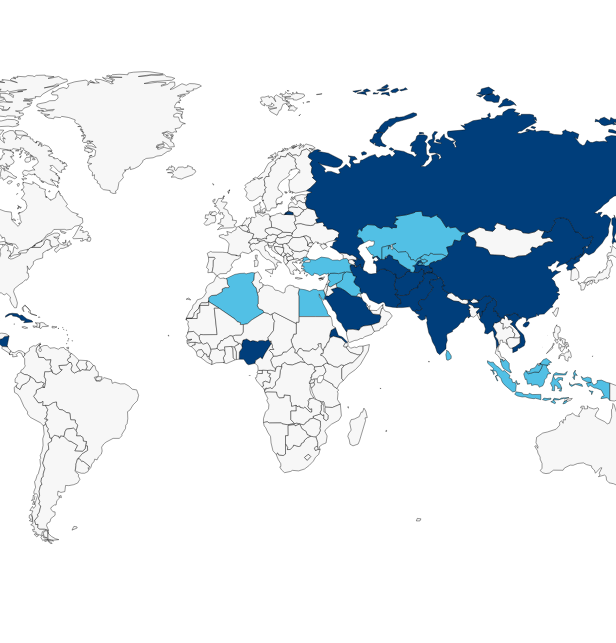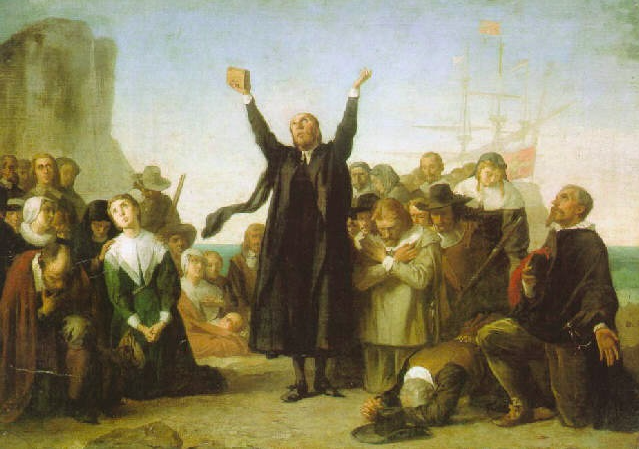In light of recent attacks against Christians and other religious minorities in Iraq by the jihadist group ISIS, as well as ongoing attacks against Christian minorities in other regions, Cornerstone has asked respondents to discuss global Christian persecution. Contributors focus on the patterns of persecution and the attitudes informing these human rights violations.
By: Paul Marshall
The contemporary Christian church exists in every country; in most it is growing, and in many it is persecuted. Currently Christians are the most widely persecuted religious group in the world, suffering discrimination, harassment, repression, and violence in approximately 133 countries, and, in some areas, particularly in the Muslim-majority world, this is increasing. This persecution is also often underreported or downplayed.
There are currently five major patterns of anti-Christian persecution: while these do not include all the instances, they cover over 90 percent of them. These patterns are:
1. The remaining self-professed communist countries—China, Vietnam, Laos, North Korea, and Cuba. Here the state is the usual persecutor.
2. South Asian religious nationalism—in India, Nepal, Sri Lanka, and Bhutan, reactionary Hindu and Buddhist elements attack religious minorities. The persecution here is primarily societal rather than state, but states or local governments can be complicit.
3. The Muslim-majority world. This does not involve the most Christians, but is the site of the most widespread persecution, and it is where persecution is increasing.
4. Post-communist, national security, and other authoritarian states, including Burma, Ethiopia, Eritrea, Uzbekistan, Turkmenistan, and Belarus.
5. Western secularism—this is a milder pattern than elsewhere, but the idea that religion must be excluded from societal life is growing, as are religious hostility and restrictions.
These categories are not precise, since countries themselves do not reduce to simple patterns—for example, Burma has combined a national security state with religious nationalism—but they do indicate the major trends.
The reasons for persecution are varied and do not constitute a unitary ‘war’ on Christians. But one common feature is that in the modern age, the traditional Christian belief that sacerdotium (church) and regnum (state) were two distinct bodies manifests itself practically in a denial that the state is all encompassing or the ultimate arbiter of human life, and hence this belief is a foundation for social and political pluralism. This means that Christians are often subject to persecution by those who have a monistic conception of the social order and the state—that there is one order of authority in society whose reach applies to every person and institution and to which all must submit. Contemporary monisms include communism, other authoritarianisms, radical Islamist conceptions, religious nationalisms, and several contemporary secularisms.
Other factors in the persecution of Christians include the claim that Christians are foreigners, often coupled with opposition to conversion to Christianity, which is often seen as a threat to the political and social order. Finally, the Christian stress on new birth often challenges traditional orders in which social position is ascriptive and inherited from original birth.
While there are still repressive and reactionary forms of Christianity, one of the major contemporary factors in the persecution of Christians is the association of Christianity with freedom.
Paul Marshall is a senior fellow of the Hudson Institute’s Center for Religious Freedom.
This post is the executive summary of Marshall’s chapter “Patterns of Contemporary Anti-Christian Persecution” in the forthcoming RFP publication Christianity and Freedom: Historical and Contemporary Perspectives. The post in this form was originally published on August 26, 2014 for the Religious Freedom Project at Georgetown’s Berkley Center for Religion, Peace, and World Affairs.
THE RFI BLOG

Myths of Religious Nationalism in America and Abroad

France’s Olympic Hijab Ban Violates International Law And Exacerbates Tensions

RFI Briefs USCIRF on Lessons from 25 Years of U.S. Designating Religious Freedom Violators

Thought Police: Protecting the People from Prayer

A Religious “Delaware”: Establishing a State Haven for Religious Corporations
CORNERSTONE FORUM

Challenges to Religious Freedom in Iraq and the Critical Need for Action

Public Bioethics & the Failure of Expressive Individualism

Religious Liberty in American Higher Education

Scotland’s Kate Forbes and the March of Secularism


